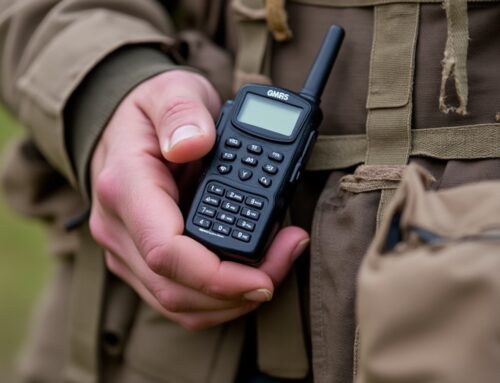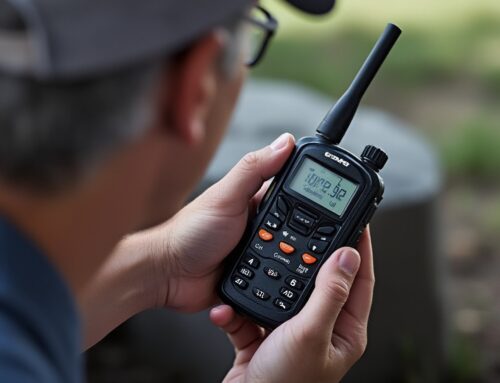Preparing for a forest fire in an urban area involves a combination of physical preparedness, planning, and awareness. Here are steps a family can take:
Physical Preparedness
-
Home Defense:
-
Clear Vegetation: Remove dead leaves, branches, and any flammable materials within 30 feet of your home. Trim low-hanging branches and keep grass mowed.
-
Use Fire-Resistant Materials: If possible, use materials like stone, brick, or metal on the exterior of your home, especially for roofing and siding.
-
Protect Openings: Install or check screens on vents to prevent embers from entering your home.
-
-
Emergency Supplies:
-
Go-Bag: Have an emergency kit ready with essentials like water, non-perishable food, medications, important documents, cash, flashlights, batteries, first-aid supplies, clothes, and personal hygiene items.
-
Pet Supplies: Include items for pets if you have any, like food, water, leashes, carriers, and their medications.
-
-
Water Sources: Maintain full water containers for emergency use, and know where water shutoffs are located.
Planning
-
Evacuation Plan:
-
Routes and Meeting Points: Develop multiple evacuation routes from your home and neighborhood, and designate a meeting point outside your immediate area.
-
Communication: Establish an out-of-area contact person for everyone to check in with if separated.
-
-
Emergency Alerts:
-
Sign Up for Alerts: Register for local emergency notifications and know the local evacuation signals or alerts systems like sirens, text alerts, or apps.
-
-
Insurance: Review your homeowner’s or renter’s insurance to ensure you have adequate coverage for wildfire damage.
Awareness and Education
-
Stay Informed:
-
Regularly check weather updates, especially during fire season, for fire warnings or red flag warnings.
-
Understand the local geography and how fires might move in your area.
-
-
Community Involvement:
-
Participate in community preparedness workshops or drills. Many urban areas near forests have specific programs for fire safety.
-
-
Education:
-
Educate your family on what to do if a fire starts, including how to shut off utilities, use fire extinguishers, and what to do if they are caught in smoke.
-
During an Alert
-
Immediate Actions:
-
If an evacuation is ordered, do so immediately. Don’t wait to see if the fire changes direction.
-
If you have time, close all windows, doors, vents, and turn off gas at the meter.
-
-
If Trapped:
-
Stay inside, away from outside walls. Close all entries to reduce draft, and call 911 for help.
-
Remember, preparation is key in urban areas where forest fires can spread quickly due to the proximity of buildings and the potential for ember-caused fires. Regularly revisit your plan to adapt to changes in your environment or family situation.




